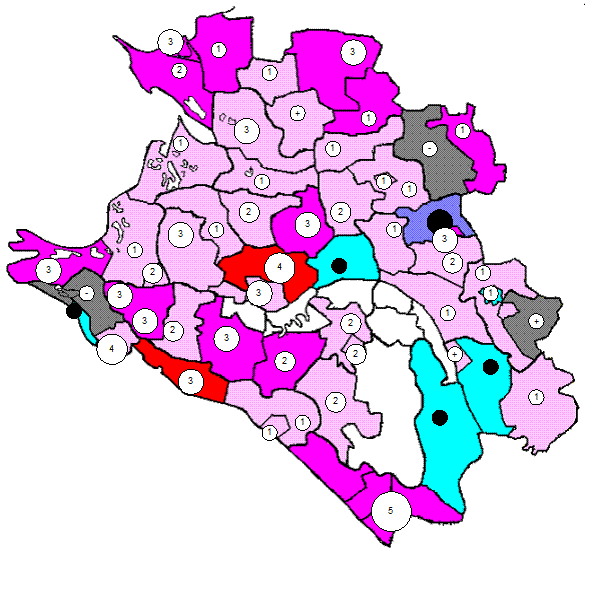Ex 5. Answer the questions and do the assignments.
1. What is implied on the notion “competition” generally? 2. What role does competition play in the market? 3. Expand on advantages of competition for firms and consumers. 4. Are there any disadvantages of competition for those involved? 5. How has economic competition been classified? Characterize each form. 6. Give examples of internal competition. 7. What are the cases when competition may be legally restricted or prohibited? How is the pure competition regulated? 8. What does the notion “monopoly” imply? Ex 6. Find in the text the words and word combinations that refer to the following notions and comment on them. 1) direct competition 2) substitute or indirect competition 3) budget competition 4) internal competition 5) monopoly Ex 7. Comment on the following statements: - Competition is … an important force of the market. - Competition is touted as the foundation upon which capitalism is justified. - The psychological effects of competition may result in harm to those involved. - Competition often is subject to legal restrictions.
Text B Competition: 1. A form of market structure in which the number of firms supplying the market is used to indicate the type of market it is, e.g., perfect competition (many small competitors), oligopoly (a few large competitors). 2. A process whereby firms strive against each other to secure customers for their products, i.e., the active rivalry of firms for customers using price variations, product differentiation strategies, etc. From a wider public-interest angle, the nature and strength of competition has an important effect on market performance and hence is of particular relevance to the application of competition policy. Perfect competition is referred to as a model of industrial structure in which many small firms compete in the supply of a single product. Three primary features characterize a perfectly competitive industry: - there is a multitude of firms (buyers as well as sellers) all too small to have any individual impact on market price. Therefore, marginal revenue and price are equal, - all firms aim to maximize profit - firms can costlessly enter and exit the industry. Also, it is assumed that the outputs traded are homogeneous. Perfect competition is economically efficient in three ways: (a) In the short run, this is efficient for the allocation of resources, because it ensures that no consumer will be deterred from buying something which he values more than it cost to make. (b) In the long run, freer entry and exit ensures new entrants will be attracted into any industry where high profits are made. (c) Again, in the long fun, perfect competition ensures minimum-cost production. Although the features of perfect competition make it look a poor description of modern industry, it is a realistic description of world commodity markets where many traders deal in a homogeneous product. Moreover, its very powerful results indicate that the achievement of even a partially competitive market can be advantageous. Thus, the simple perfect competition model provides a good starting point for illuminating the forces underlying the real behaviour of firms. Contestability is referred to as the degree of ease with which firms can enter or leave an industry. A perfectly contestable industry is one in which, as in free competition, there are no barriers to entry at all. Unlike perfect competition, however, perfect contestability implies nothing about how many firms currently exist in the industry - it is possible for an efficient monopolist to exist while no barrier to entry prevents other firms from competing. Contestability theory was stimulated by W. J. Baumol in the early 1980s. He showed that the attractive features of perfect competition could be achieved merely by the threat to incumbent firms that entry would occur should large profits be made. The threat of entry should induce marginal-cost pricing and efficient production. In practice, entry barriers do exist, and because incumbent firms can often scare potential entrants away from entering, discipline that potential competition provides is considered less effective than that of actual competitors.
|




